If you want to run complex software such as the Windows version of Excel or any high-end game, then you need to set up a virtual Windows system, sometimes known as a virtual machine . You can run this virtual system entirely inside a macOS app. The VM behaves as if it's running on real hardware with a real hard drive; it just runs a bit slower than a Windows system running on physical hardware. The reason for the slower performance is that this method requires you to run an entire Windows system in the background in addition to the app you want to use.
As for storage, 1 TB would be way more than enough while 128 GB would not be sufficient. Mac users should also install Windows on their Macs through Oracle or VMware because some software works better on Windows . With 512 GB, after splitting the storage by using two systems, there would be storage left for the system. It is also recommended that users buy an external hard drive, a USB flash drive, or use cloud storage to save backup copies of important files because you will need them if the computer crashes. Most files are archived so you can store them on an external hard drive, which is a lot cheaper than the built-in storage. The key to choosing storage is to find the optimal that is able to store all the files you need with you and then buy an external hard drive to store everything else.
Regardless of whether you choose Parallels or VMWare, set aside about 20 minutes to install Windows and 30GB or more of disk space on your system. If you have an Intel-based Mac, your best choices for installing a virtual Windows machine are Parallels Desktop ($79.99 for Standard Edition) and VMware Fusion ($199 for VMware Fusion 12 Pro). On an Apple Silicon-based Mac , Parallels Desktop is your top option. VMware Fusion is friendly enough for any experienced Windows or Mac user, but it's more suitable for corporate use. Both Parallels and VMware Fusion let you create a virtual system by cloning an existing desktop system across a network, but it's a lot simpler to install a fresh copy of Windows. Users of Intel-based Macs can download the standard Windows ISO file from Microsoft and rely on Parallels or Fusion to install Windows correctly from there.
M1 Mac users must register for the Windows Insider Preview program and download the ARM version of Windows 10. Only Parallels supports the ARM version, but it has no trouble configuring your Windows VM with that version on an Apple Silicon Mac. Parallels recently announced support for Windows 11 on M1 Macs, but again, for the ARM version only. Learning how to install Windows on Mac is pretty easy for supported Mac computers.
It's the best way to make the most out of both operating systems without investing too much money. Of course, if you opt for a virtual machine, you may very well invest a little into the task. That's because virtual machines like Parallels do cost money to download on macOS. Microsoft allows anyone to download Windows 10 for free and install it without a product key.
This is where the other option, known as virtualisation, can come in handy. For more options see best virtual machine software for Mac. What about Boot Camp, Apple's long-standing option for running a Windows system on a separate partition on an Intel-based Mac?
Boot Camp still exists, but Apple has effectively stopped supporting it. And Boot Camp has a major inconvenience; you have to shut down your macOS system and restart it every time you want to run Windows. There's no integration between macOS and your Windows partition, either. Boot Camp won't let you run a Mac app and a Windows app at the same time or transfer files between systems quickly, for example.
If you have an Apple Silicon Mac, don't even think about Boot Camp. Microsoft just didn't officially allow you to download Windows without a product key, and there was no way to fully upgrade to a licensed system from within Windows. It's like a free demo, and you can use it to make all the virtual machines you like for testing purposes. You may still be running your computer on Windows 7 or 8, and if so now's the time to buy Windows 10. This isn't just a performance update, Windows 10 brings new features and security settings to your machine that are crucial to getting your work done in today's operating systems.
From the ease of the Cortana assistant to the speed boost you'll notice instantly, upgrading your older system to Windows 10 will be well worth your while. You bought a Mac because of the design and functionality, but there is no native Mac version of your favorite PC game or productivity app. So do you install the latest Windows 10 on your macOS so you can use that one app? You know you don't want to have to use a second computer for a single program and there's no way you're switching to a PC full-time.
In this article I weigh out your options for running your Windows apps on a Mac. PCs are more easily upgraded and have more options for different components. A Mac, if it's upgradeable, can upgrade only memory and the storage drive. A PC user can select from many motherboards, processors, storage drives, video cards, graphics cards, audio cards, and memory.
This enables PC users to build a custom machine, or upgrade an existing machine quickly and easily. The "Go Back" feature, which allows you to reinstall a previous version of Windows, is available for 10 days after installing Windows 10. The Windows installation files occupy a large amount of hard drive storage space during that time.
How Much Does It Cost To Install Windows 10 On Mac However, if you want to regain the storage space before 10 days have passed, you can manually delete the files. The advantage of Windows systems is that most programs are compatible because almost everything is designed with Windows in mind. However, that is not the case for programmers, and UNIX systems are undeniably better for developers. With a Windows system, you can set up dual boot so you can use your system's full capabilities in both Windows and Linux in order to use a UNIX system. Alternatively, you can set up a virtual machine for quick access to both systems at the cost of performance.
You can buy a PC inexpensively and still have a good system – and Windows is far better for gaming. Boot Camp doesn't allow you to easily transfer content between OS X and Windows partitions like virtual machines do, and you can't run the two operating systems simultaneously. But it does give Windows full access to the processing power of your Mac. It's also completely free , and a shared Dropbox / Google Drive / OneDrive folder can make data transfers a bit easier.
Next, download and install Parallels Desktop if you don't already have it. At the end of the installation, the program tells you that you need an installation image with an ARM-based operating system. Click the link for "How to download Windows 10 on ARM Insider Preview" for documentation and a video that explain the process. At the Create New screen, click the button for "Install Windows or another OS from a DVD or image file." Click Continue . They provide several options for creating a new VM on your Mac, using an installer disk, or ISO file.
On the next screen, boot camp assistant will ask you to select the ISO image file of Windows 10 which you downloaded before. Select that ISO file and also select the destination USB drive where you want to load all the Windows 10 and boot camp files required to proceed further. Click Continue and it will start loading all the required files and in a few minutes, it will create a bootable Windows 10 USB. After checking for the support, now you need to download the Windows 10 on your Mac.
If you are installing Windows 10 for the first time, then you would need a product key consisting of 25 digits. Also, make it sure that you have backed up your Mac to prevent data lost if something bad happens. Before installing Windows 10, update your software, drivers, and BIOS, create recovery discs for your current operating system, and back up your files. You can create an unlimited number of virtual machines from a single VMware Fusion license. You will need to provide the required operating system software and license for each installation of a virtual machine.
However, it's far from how much you'll spend if you choose to buy a separate Windows computer. On the other hand, installing Windows using Boot Camp costs nothing but storage space and a little time. Regardless of which method you choose, Mac users have the upper hand when it comes to OS flexibility. Discus and support What does it cost to install the Windows 11 program on a Mac Book Air 2020?
In Windows 10 Software and Apps to solve the problem; I have a Mac Book Air 2020, intel processor, no M1 chip, with the 164 GB storage space available. Discussion in 'Windows 10 Software and Apps' started by Hiakuse, Dec 11, 2021. Windows 7 Professional $250 Under Windows license terms, the only option a normal consumer has for Windows 7 in a VM on a Mac is what's called a Full Packaged Product license. You can find it discounted from legitimate resellers for roughly $250, so let's use that price. JohnIL February 12, 2021 I prefer to run Windows natively, I use Windows 10 a lot on my Mac's.
Apple moving to a custom ARM chip for Mac's means that Boot Camp is no more. Parallels is working on a M1 Mac based preview but even that application will only run ARM based operating systems. I think Apple switched to its chips purely on locking in users and making more profits.
I have my doubts since the whole platform becomes locked to Apple. Although there are other virtual machines are available, Parallels is by far the easiest way to install Windows 10 on Mac. Parallels has been around for many years and the installation process in the latest version of Parallels is now so automated and refined then it even downloads and install Windows 10 for you. You don't even need to purchase it to try it – you can download a free trial of Parallels instead. Virtualization on the Mac makes use of a software layer called a hypervisor to emulate all of the underlying hardware. As a result, the guest operating system running on the virtual machine does not run as fast as in Boot Camp.
But unlike Boot Camp, both the Mac operating system and the guest operating system run at the same time. If your computer has less than 128 GB of free hard drive space, you are prompted to connect a USB hard drive to continue with the installation. When the installation is complete, Windows 10 Upgrade copies the windows.old file to the USB hard drive. The file is required if you decide to Go Back to the previous operating system. Fingerprint authentication can be set up in the Settings app for computers that have swipe or scan fingerprint readers. If the option to set up fingerprint reader in the Settings app is not available, you might need to upgrade the security software on your computer.
In Windows 10, download and install the latest HP SimplePass or Digital Persona software. If you are using security software from another manufacturer, check with the manufacturer of that software. Running multiple programs like development software, word processing and an internet browser at the same time can be handled by 8 GGB of RAM. However, if you are running parallel software or if you plan to run multiple virtual machines, then 16 GB would be a good amount of RAM. CodeWeaver's CrossOver costs $59.95 with free upgrades for a year; its setup is effortless and automated.
With CrossOver, you can search a built-in database for the app you want to run or browse through a list of compatible apps. After you select an app, CrossOver either downloads it or provides a download link. You then follow a few prompts and CrossOver creates a bottle (prepare for a lot of wine-related terminology) that runs your app. Apps won't run as quickly or as smoothly as they do with commercial solutions, and you still need to purchase a Windows license to use with VirtualBox.
Installing Windows on another partition of your MacBook Air's hard drive will let Windows perform at full strength with full access to your laptop's hardware. Apple's Boot Camp utility simplifies the process so anyone with a Windows installation disk can dual-boot both Windows and OS X on a MacBook Air. The general rule is you'll need a machine with a 64bit Intel processor. You'll also need a separate hard drive on which to install macOS, one which has never had Windows installed on it.
Any Mac capable of running Mojave, the latest version of macOS, will do. If you need to run the odd Windows application on your Mac, you should definitely consider running a virtual machine. For most users it should be more than sufficient, and is generally much easier to set up and transition to and from OS X. You can also run Mac apps on Windows with a virtual machine. You may not want to use Boot Camp to install Windows on Mac. If that's the case for you, then we suggest using a virtual machine.
These programs are a great alternative to Boot Camp and don't require a partition. Instead, they act like emulators or separate apps that run Windows on your Mac. I have a Mac Book Air 2020, intel processor, no M1 chip, with the 164 GB storage space available.
Is it possible to download the Windows 11 program on my computer? I'm having trouble reaching any customer service for help.Thank you. You can choose Boot Camp or a virtual machine, but are hidden costs in performance for both options. Once you have partitioned the hard drive, click on Install and that should be a happy moment for you. Now, your Mac will restart several times and it would take a while to install all the components for Windows 10. You would also be prompted to insert the Product Key you got for yourself.
Now there's an easier and faster method where you set up print queues with the LPD The Line Printer Daemon protocol is a network protocol for submitting print jobs to a remote printer. A server for the LPD/LPR protocol listens for requests on TCP port 515. A request begins with a byte containing the request code, followed by the arguments to the request, and is terminated by an ASCII LF character. An LPD printer is identified by the IP address of the server machine and the queue name on that machine. Many different queue names may exist in one LPD server, with each queue having unique settings. The LPD software is stored on the printer or print server.
Using Boot Camp Assistant for the first time requires you to choose the option to "Install Windows 7 or later" to proceed and install Windows on a Mac from USB. This option enables the partitioning of the Mac hard drive into 2 separate sections, referred to as partitions. To install Windows bit, purchase Windows bit from Microsoft and perform a clean install of Windows bit from the Microsoft download site. In some cases HP might not provide compatible software and updated drivers for your model. Yes, VMware Fusion 12 has 3D hardware-accelerated graphics support. For Windows VMs Fusion now supports DirectX 11 (with Shader Model 5.0) and earlier.
For Windows and Linux guests Fusion provides OpenGL 4.1 capabilities. Fusion uses Apple Metal graphics technology to render 3D hardware-accelerated graphics to virtual machines on compatible Mac systems. Choose Runafter the download to make sure your hardware is compatible. Then Accept and Install to agree to the licensing terms and begin the installation. When the program is finished installing, you'll be prompted to restart your computer.



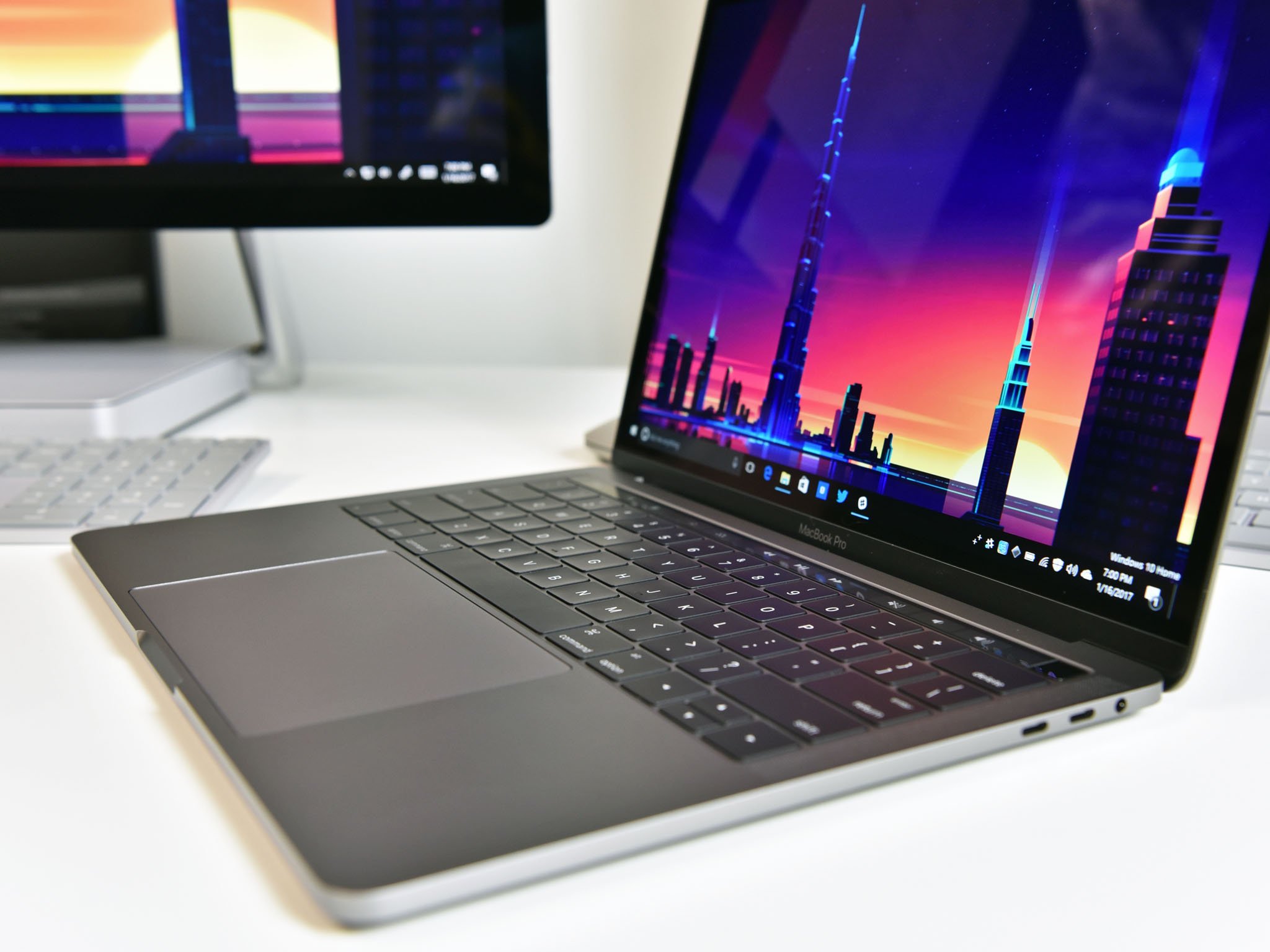

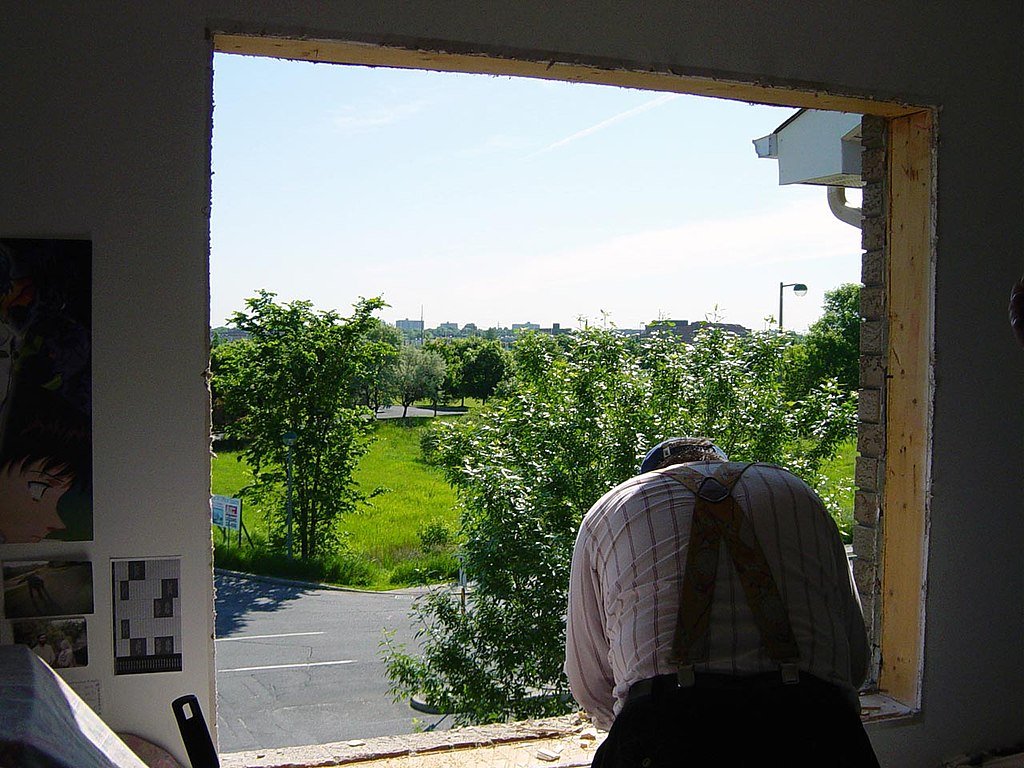



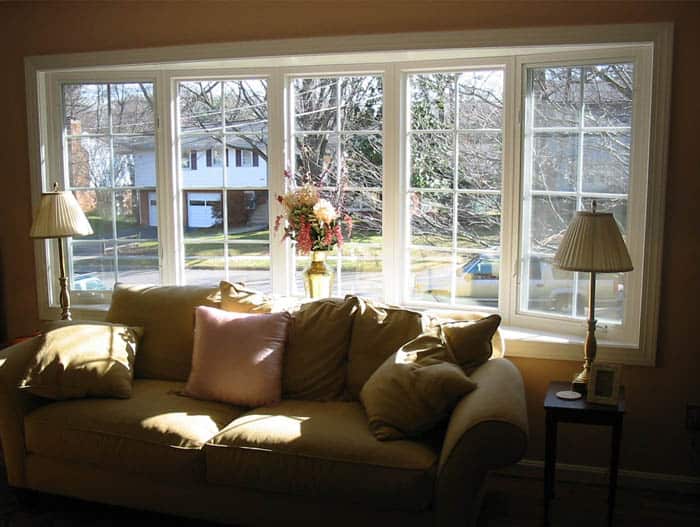
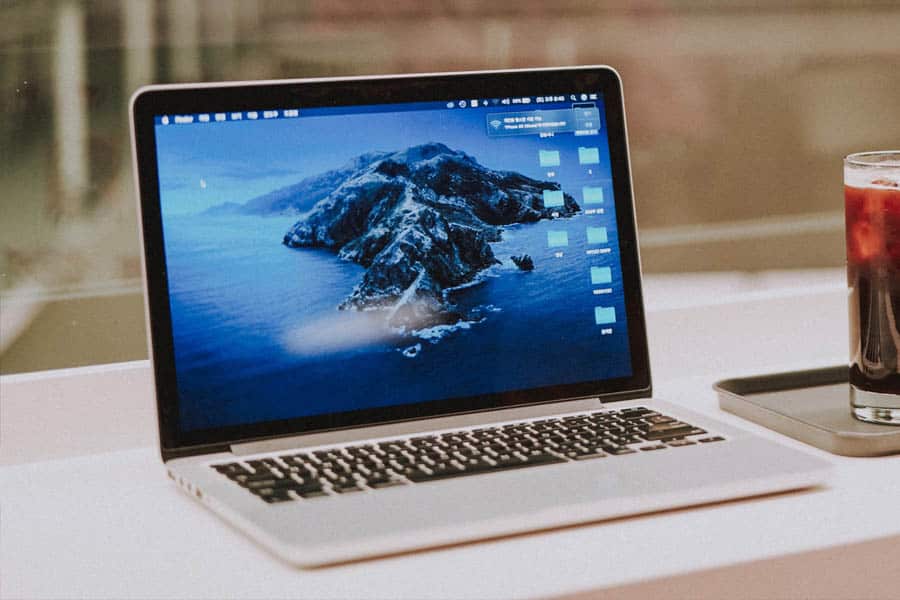
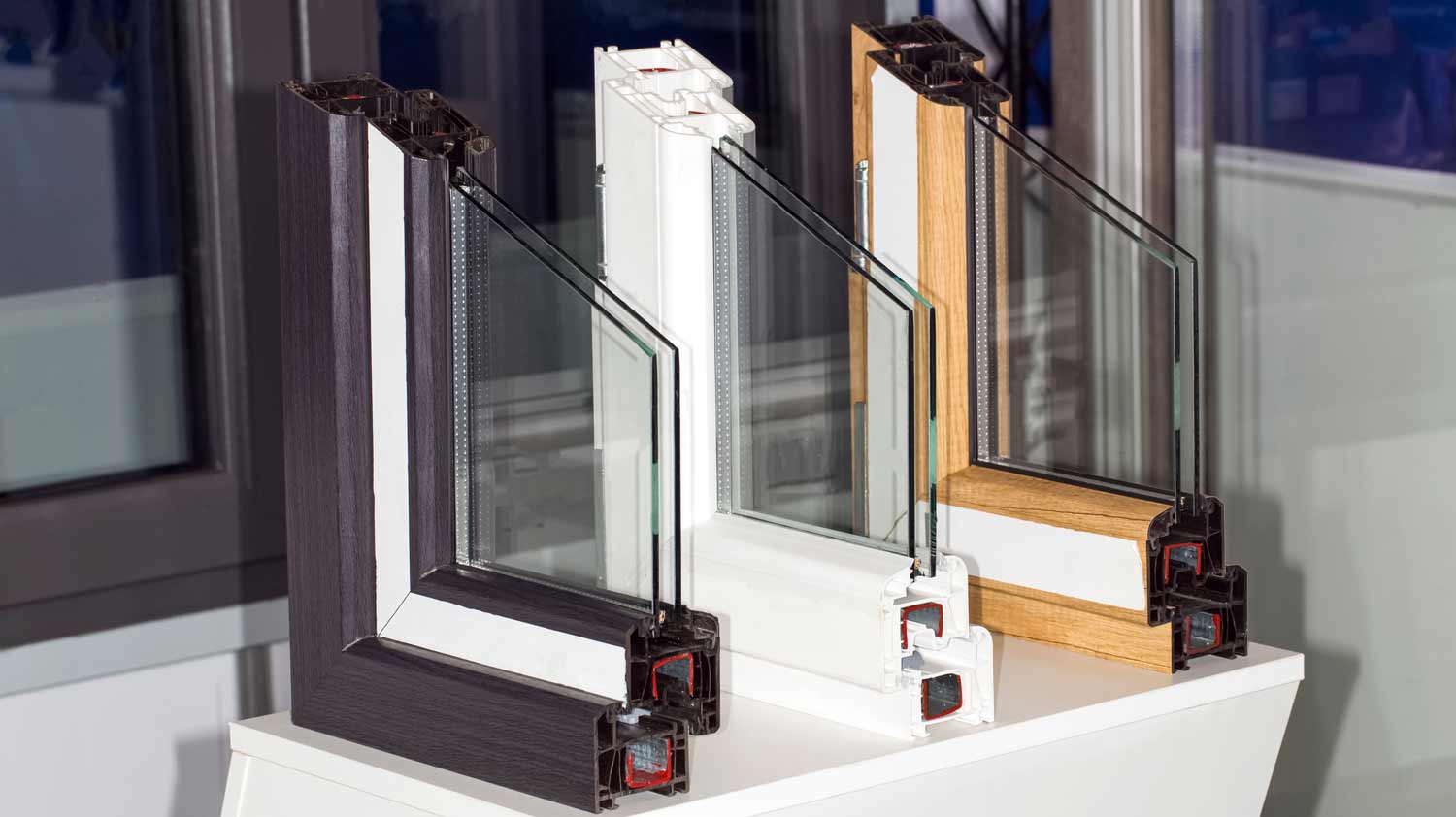









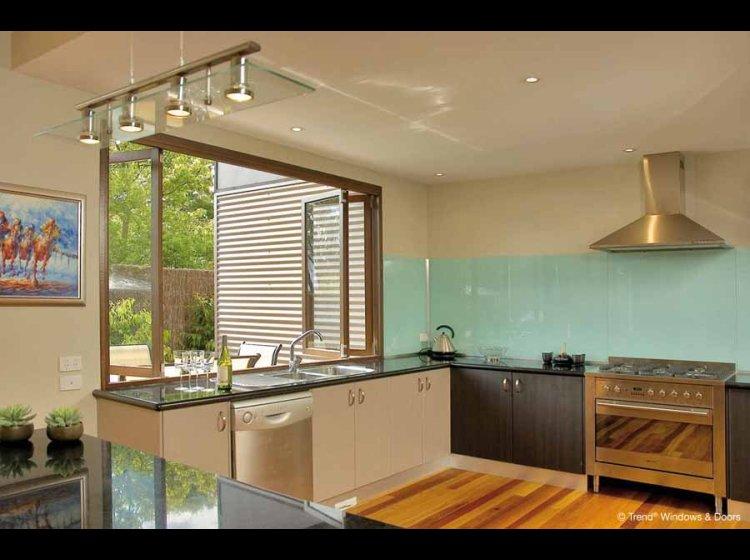





No comments:
Post a Comment
Note: Only a member of this blog may post a comment.